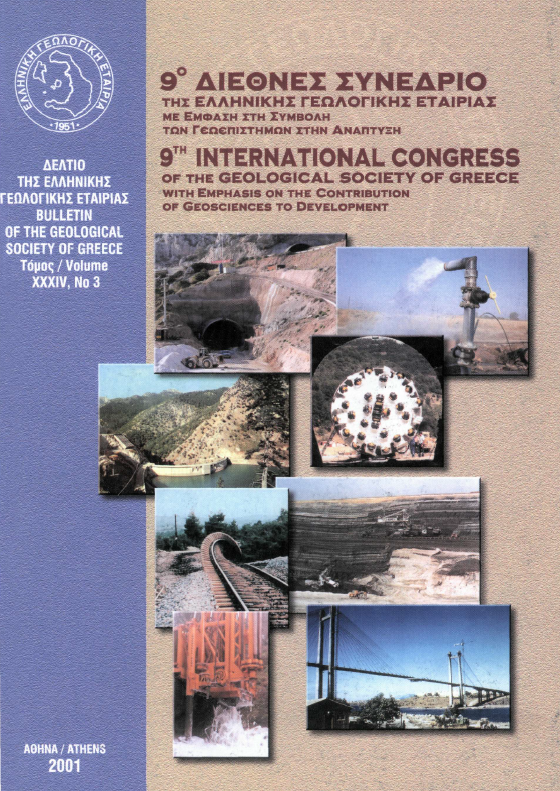ADSORPTION OF PHENOLS FROM OLIVE OIL MILL WASTEWATER AS WELL AS N AND P FROM A SIMULATED CITY WASTEWATER LIQUID ON ACTIVATED GREEK LIGNITES

Abstract
The results show that surface area of activated coal samples increased substantially and in some more than the commercial one. The increase in surface area was higher the higher the carbon content and the lower the ash content. The adsorption capacity of phenols and the decrease of COD (Chemical Oxygen Demand) in olive oil mil wastewater disposals were measured in selected samples as well as the decrease of COD and the adsorption of nitrogen and phosphorus from a solution which simulates city waste disposals were measured in 14 selected Greek lignites and 1 commercially available activated lignite sample (HOK). The maximum recorded adsorption of phenol was 30.6 mg/g of activated lignite while the commercial one (HOK) adsorbed 16 mg/g of activated lignite. The COD reduction was 1262 mg of COD/g of activated lignite while in the commercial one the reduction was 439 mg of COD/g of activated lignite. The maximum adsorption of N and P from the simulated city waste liquid was 6.41 mg/g of activated lignite and 2.52 mg/g of activated lignite, respectively. while the commercial one (HOK) adsorbed 2.84 mg/g and 2.42 mg/g, respectively. Finally, the COD reduction was 50.28 mg/g of activatedlignite and 34.92 mg/g for the commercially one (HOK). The results show that Greek activated lignites can be used successfully for cleaning industrial and city wastes. These findings open the door for the economic exploitation of small to medium size lignite deposits in Greece, which are widespread in Greece.
Article Details
- How to Cite
-
Papanicolaou, C., Triantafyllou, G., Pasadakis Ν., & Foscolos Α. (2010). ADSORPTION OF PHENOLS FROM OLIVE OIL MILL WASTEWATER AS WELL AS N AND P FROM A SIMULATED CITY WASTEWATER LIQUID ON ACTIVATED GREEK LIGNITES. Bulletin of the Geological Society of Greece, 43(5), 2294–2308. https://doi.org/10.12681/bgsg.11629
- Section
- Geothermics

This work is licensed under a Creative Commons Attribution-NonCommercial 4.0 International License.
Authors who publish with this journal agree to the following terms:
Authors retain copyright and grant the journal right of first publication with the work simultaneously licensed under a Creative Commons Attribution Non-Commercial License that allows others to share the work with an acknowledgement of the work's authorship and initial publication in this journal.
Authors are able to enter into separate, additional contractual arrangements for the non-exclusive distribution of the journal's published version of the work (e.g. post it to an institutional repository or publish it in a book), with an acknowledgement of its initial publication in this journal. Authors are permitted and encouraged to post their work online (preferably in institutional repositories or on their website) prior to and during the submission process, as it can lead to productive exchanges, as well as earlier and greater citation of published work.




